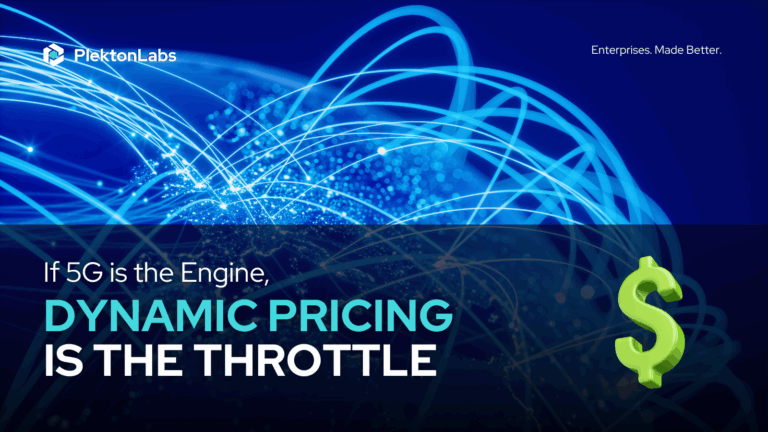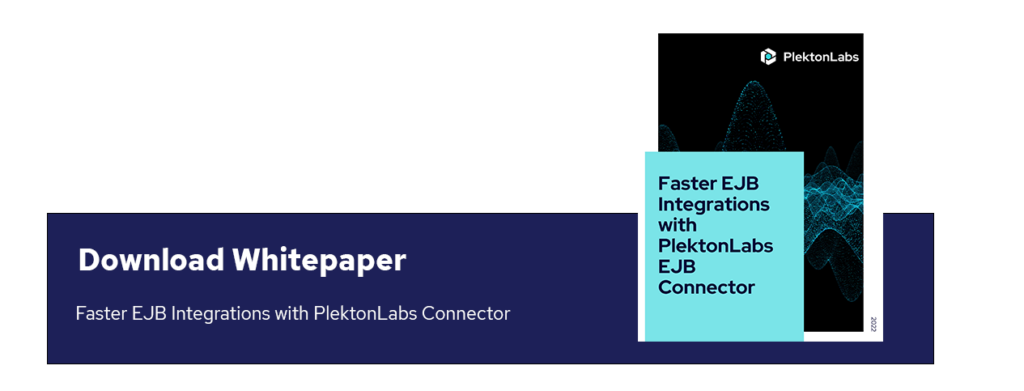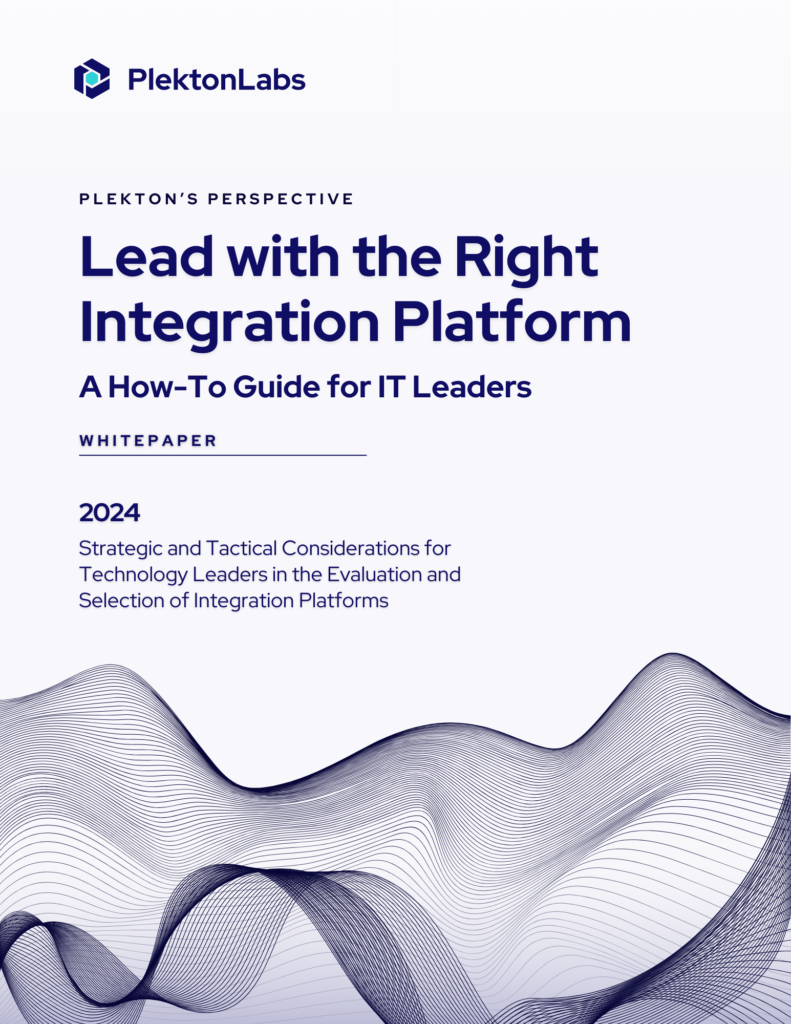5G has made networks programmable; they have given operators an incredible engine – fast, programmable, and capable of things we couldn’t deliver a decade ago.
But an engine alone doesn’t decide how far or how fast you go. That’s the throttle’s job.
In telecom, dynamic pricing is the throttle.
It’s how we control speed, capture value at the right moment, and open new growth lanes without rebuilding the whole machine.
Why This Matters Now
We’re sitting on capabilities that used to be science fiction:
- Latency you can measure in milliseconds
- Priority lanes for critical traffic
- Location accuracy to the meter
- Network slices that act like dedicated highways
The issue isn’t the tech. It’s how we package and price it so developers, partners, and enterprises can actually use it, and we can monetize it.
Pricing the Experience, Not Just The Access
Dynamic pricing changes the game because it’s aligned with value at the moment.
Let’s think about it:
- A gaming company can boost QoS for a live championship match.
- A fintech can buy premium verification speed during high fraud alert hours.
- A logistics firm can get pinpoint location data for a specific delivery window.
And here’s the kicker, they only pay for it when they need it.
No bloated contracts, no waiting for provisioning. Just value, priced in real time.
The Market Signals Are Clear
This isn’t a theory. It’s happening.
- 73 operator groups, representing almost 80% of mobile subscribers worldwide, have committed to GSMA’s Open Gateway Framework, which is all about making network APIs commercially ready (GSMA Intelligence).
- McKinsey pegs the total network API opportunity at $100B – $300B within 5-7 years, with $10B – $30B coming directly from API monetization. (McKinsey)
- Dozens of operators already have live commercial APIs for QoS, location, and number verification in the market today (GSMA).
What We’ve Seen at PlektonLabs
With Throtl, our dynamic pricing and API monetization engine, we’ve proven that this can be done without overhauling core systems.
We showed operators to:
- Meter usage in near-real time
- Price APIs contextually (time of day, congestion, SLA level)
- Give developers a transparent “pay when you use” model
- Roll out new commercial offers in weeks, not years.
The result? Partners innovate faster, operators see incremental revenue, and both sides share a clear view of value.
Our Take
If 5G is the engine, dynamic pricing is the right-foot pedal. Press it, and you’re not just moving, you’re accelerating at the exact moments it matters most.
For operators, this isn’t about tearing out your current pricing. It’s about adding a new layer, one that’s agile, transparent, and directly tied to the outcomes your customers care about.
We’ve been here before in other industries:
- Cloud computing didn’t take off until we priced by the hour (and then by the second)
- Streaming didn’t scale globally until it ditched “own the DVD” for “watch when you want”.
Telecom’s version of that shift is happening now. And the ones who learn to work the throttle will lead the race.




